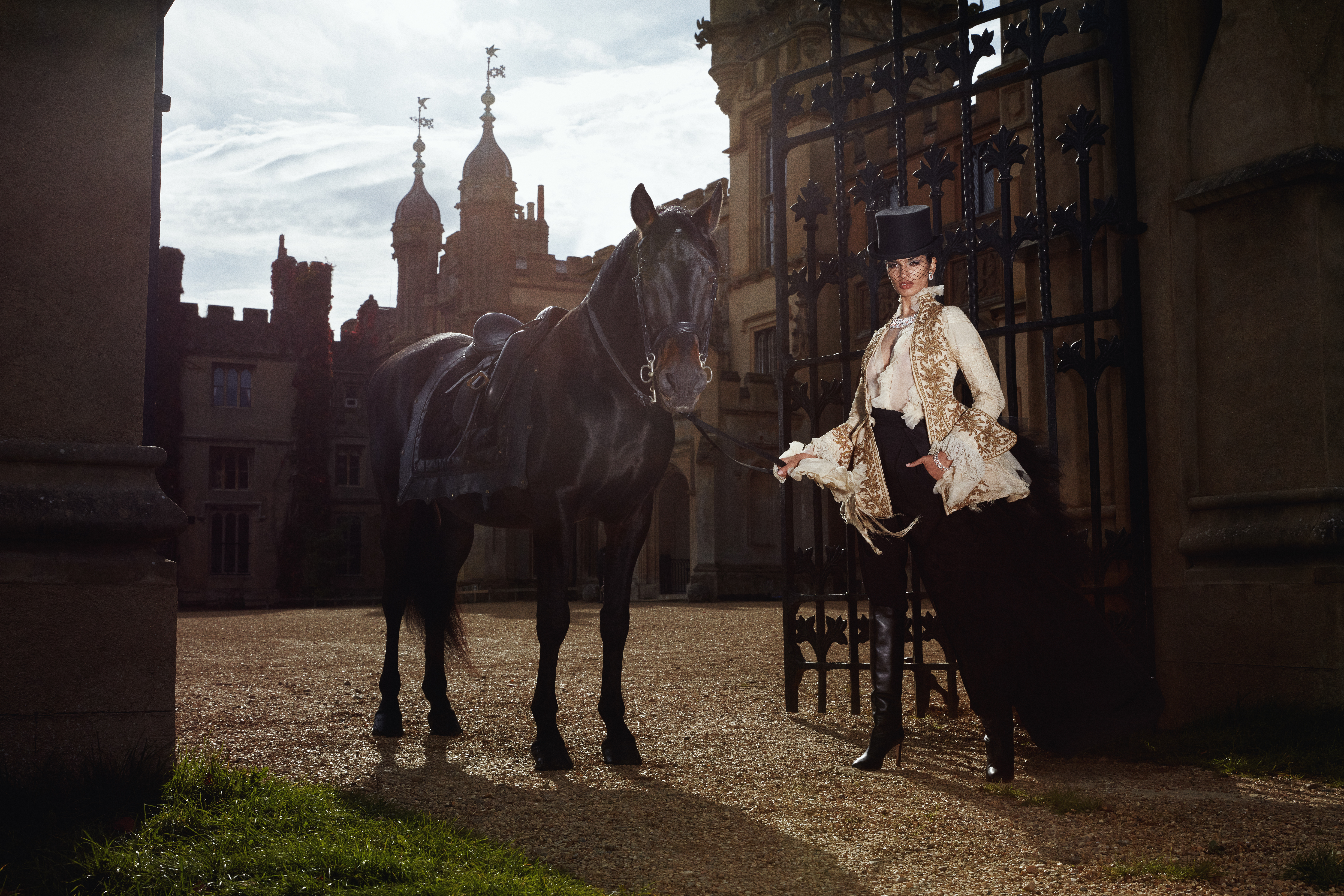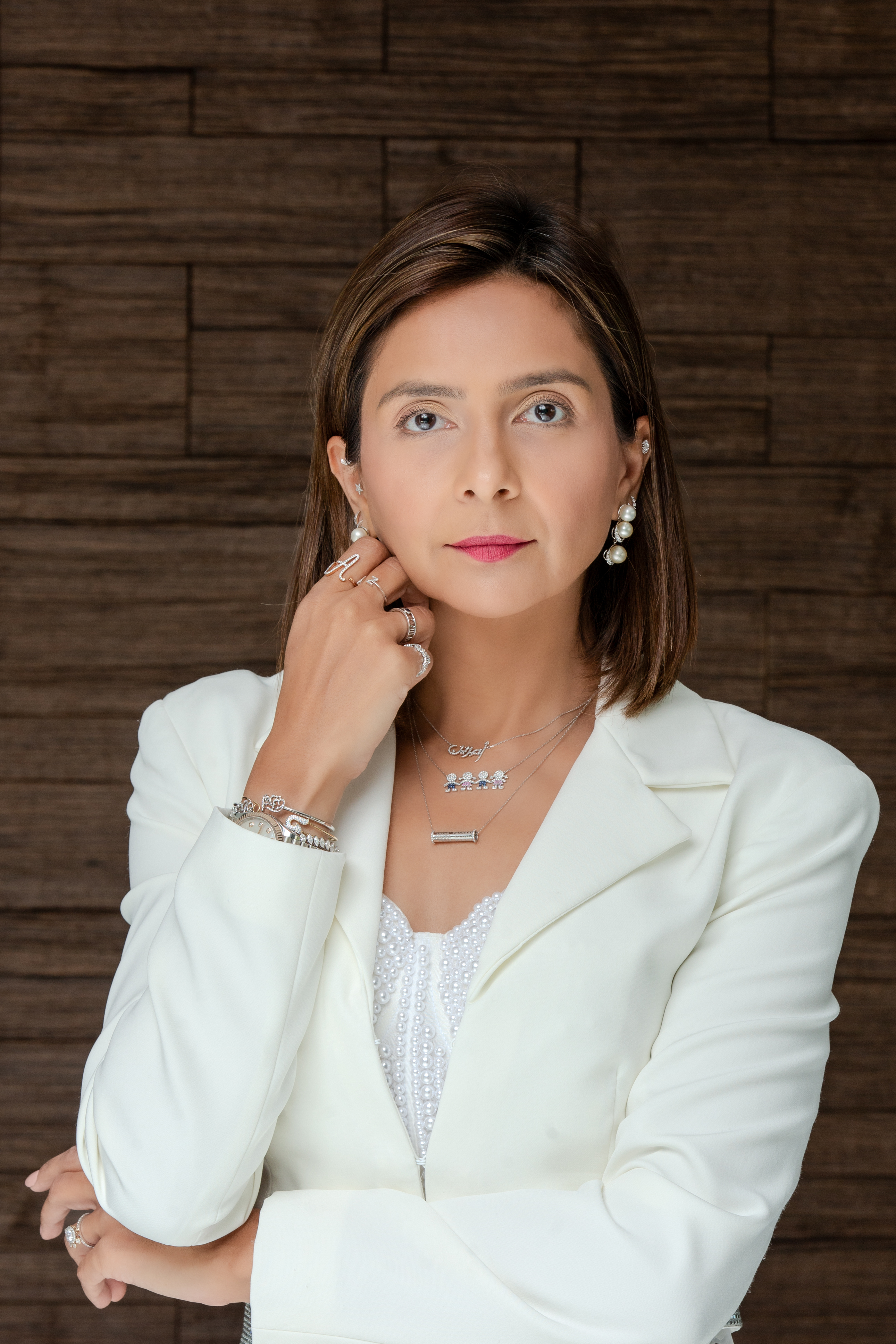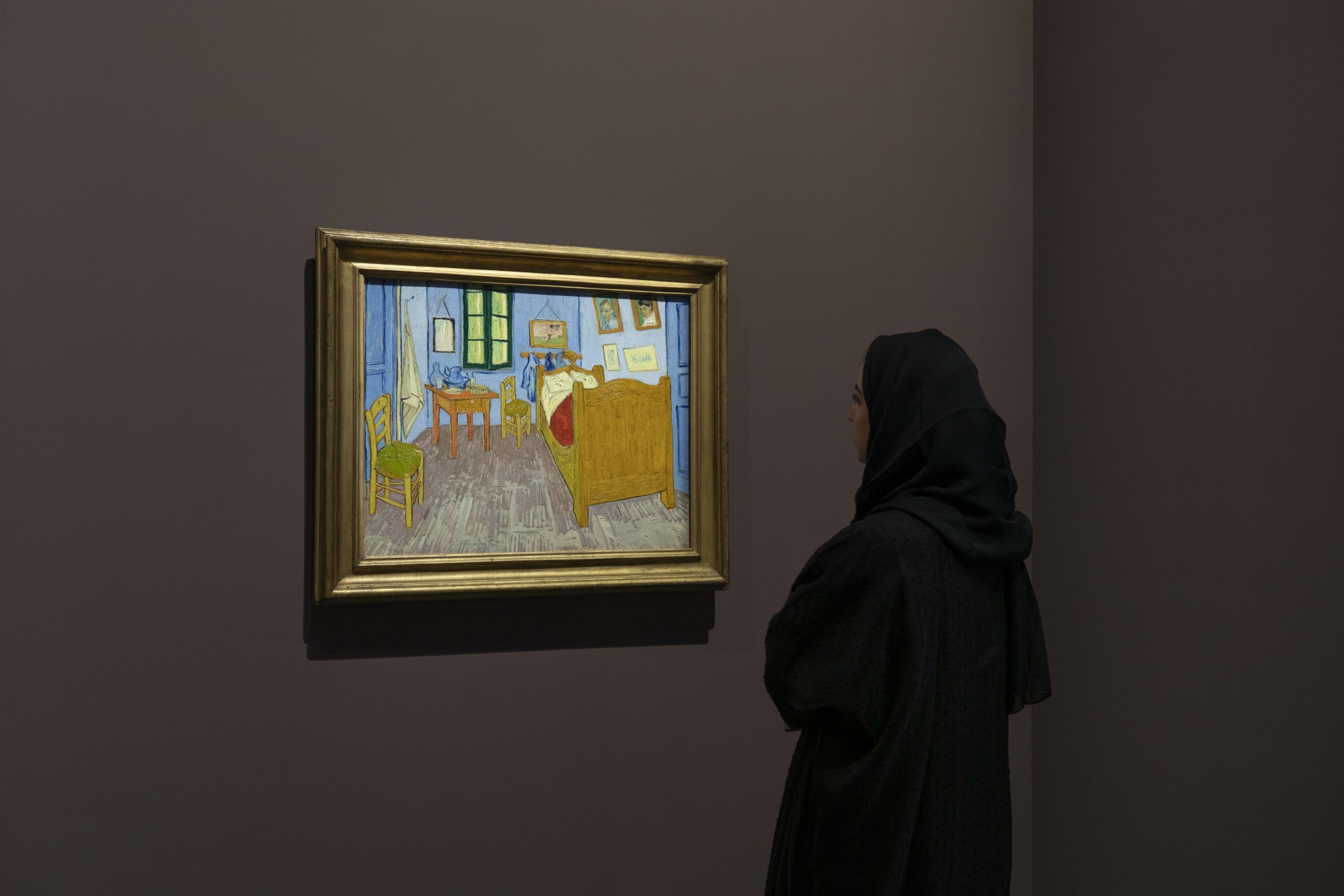
Post-Impressionism marked a profound shift in the history of art, as visionary artists like Van Gogh, Cézanne, Seurat, and Gauguin broke away from traditional representation to explore new, bold ways of expressing emotion, form, and human experience. Their groundbreaking work not only redefined the boundaries of artistic expression but also paved the way for future movements such as Cubism and Fauvism. In this interview with Jerome Farigoule, Chief Curator, Louvre Abu Dhabi, we explore the emotional depth, innovative techniques, and personal stories behind their masterpieces, revealing how their work continues to resonate with modern audiences. We also take a closer look at how these artists’ creative journeys were shaped by cultural and personal influences, and how their legacies are being celebrated today at Louvre Abu Dhabi.
Delna Mistry Anand: Let’s begin with Van Gogh - the story behind his vibrant landscapes, and how his distinctive use of colour and texture revolutionized the art world.
Jerome Farigoule: Van Gogh's work is the fruit of multiple influences: among many others, Dutch painting from the Golden Age, Japanese prints, the contemporary painting of his time, British engravings and the Fontainebleau School. Contrary to the image of a solitary artist, Van Gogh was deeply engaged with the artistic movements of his time. It's worth noting that he once worked as a print dealer for the Goupil company in London, which specialized in reproducing the latest artworks. These influences shaped his art in varying degrees—some fleeting, others more sustained, as with his admiration for Millet or Japanese aesthetics. His distinctive use of color, inspired by Japanese prints, embodies his ambition to create bold, solid areas of color, echoing the striking simplicity of their designs.
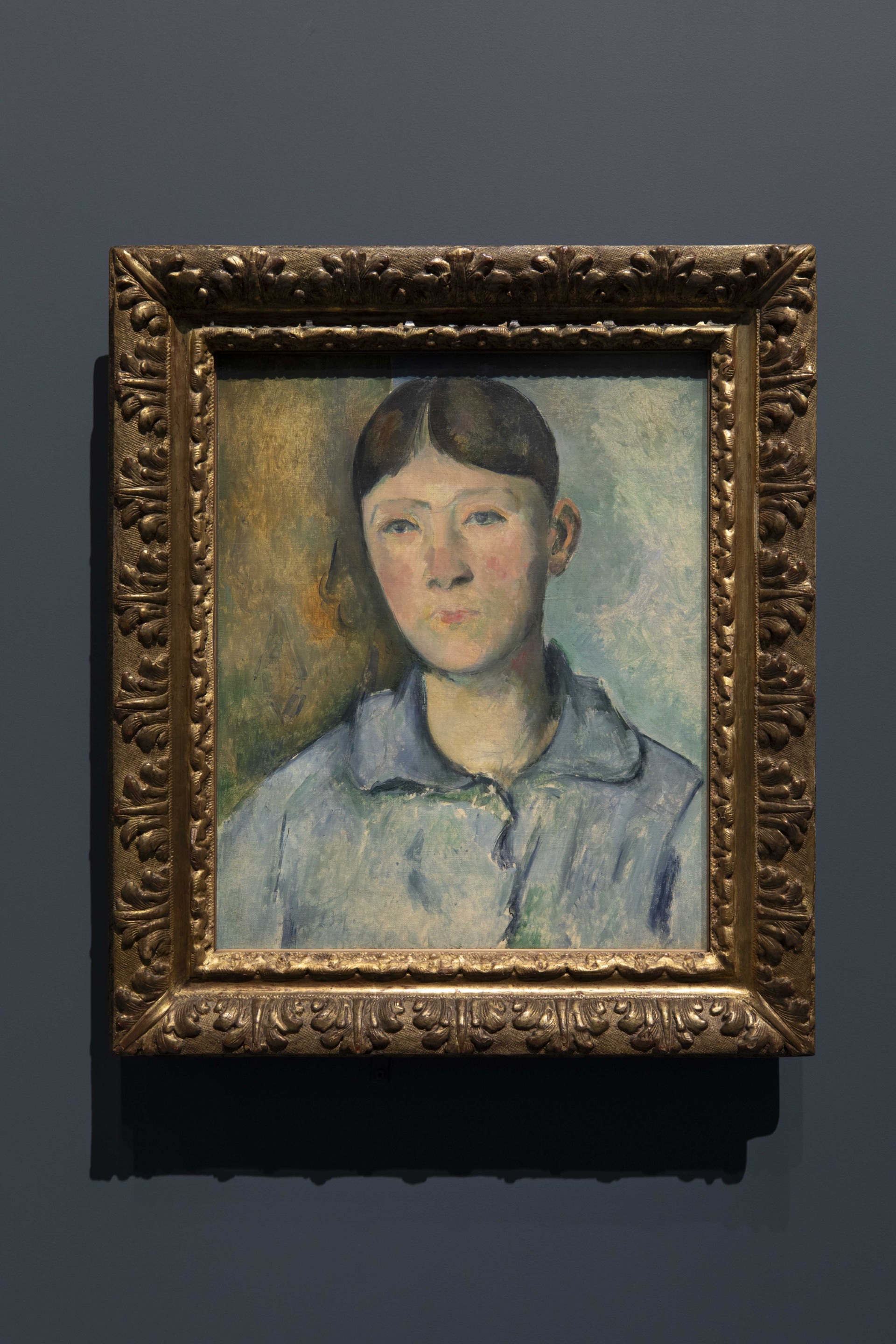
Next, we turn to Cézanne and examine how his groundbreaking techniques laid the foundation for revolutionary movements like Cubism.
Cézanne wanted to work with simple forms: famously stating, "Nature must be treated through the cylinder, the sphere, and the cone." His pursuit of formal purity shifted his focus from representation to the technical and pictorial aspects of painting. The decomposition of forms into brushstrokes that structure the painting almost geometrically, without really using tracings, was the lesson that inspired the Cubists to break down objects into multiple facets.
What is pointillism, and how did Seurat’s meticulous technique shape this groundbreaking art style?
Seurat's work was deeply influenced by Chevreul's scientific theories, particularly the law of simultaneous color contrast. This approach led him to divide representations into a multitude of juxtaposed touches, relying on chromatic associations that the human eye blends to perceive tones. His method aimed to achieve a degree of objectivity in art, creating harmony through precise, calculated techniques. After Seurat's death, this method evolved, transitioning from a focus on realism to a more emotive and sensitive form of expression.
Post-Impressionist masters broke away from traditional art conventions, paving the way for movements like Fauvism. Could you share more about how their innovations influenced this shift?
The works of Post-Impressionist masters like Seurat, Cézanne, and Van Gogh redefined art through their bold use of color, emotion, and abstraction. Seurat’s Pointillism, based on Chevreul’s theories, emphasized chromatic harmony, influencing artists like Matisse, whose Luxe, calme et volupté clearly reflects the impact of Cross and Signac’s L’air du soir and Au temps d’harmonie. These compositions introduced bold color and harmony as central elements of expression. Cézanne’s geometric simplification of forms inspired abstraction, while Van Gogh’s emotive, vivid colors liberated art from realism. These innovations directly shaped movements like Fauvism, embraced by artists such as Vlaminck during his Fauvist period.

Every masterpiece carries a unique story—some filled with triumph, others shaped by hardship. Could you reveal some of the hidden struggles and personal journeys behind these iconic works?
Behind these iconic masterpieces lie rich, hidden stories and personal struggles that reveal the lives and creative processes of the artists. Sérusier painted Le Talisman under Gauguin’s guidance, embodying a shared artistic vision. Van Gogh, driven by his dream of an artistic colony, invited Gauguin to Arles, where their tumultuous collaboration reflected their contrasting personalities and ideals. Cézanne’s portrait of Gustave Geffroy speaks to his relentless pursuit of perfection, while the Nabi group’s camaraderie, marked by playful nicknames, reveals the deep bonds that fueled their creativity. Cultural contexts also shaped their journeys—George Sabbagh’s migration from Egypt to Paris exemplifies the intersection of diverse influences, and Roger Fry’s coining of "Post-Impressionism" in London highlights how critics helped define this transformative period. These stories, captured in histories and especially the exhibition catalogue, offer a window into the personal and cultural forces that shaped these masterpieces.
Post-Impressionism: Beyond Appearances is on show at Louvre Abu Dhabi till 9 February 2025.
www.louvreabudhabi.ae
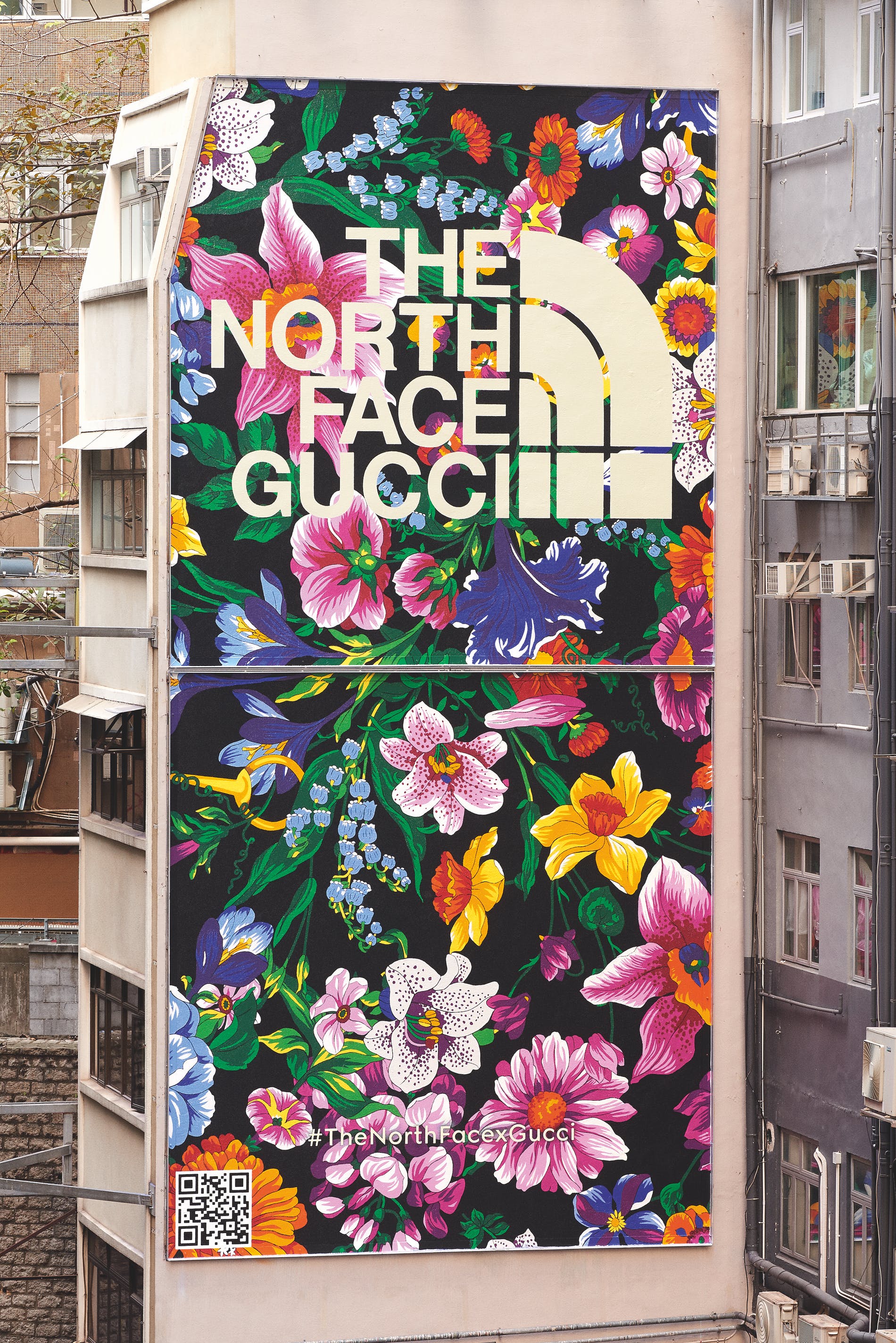
.jpg)

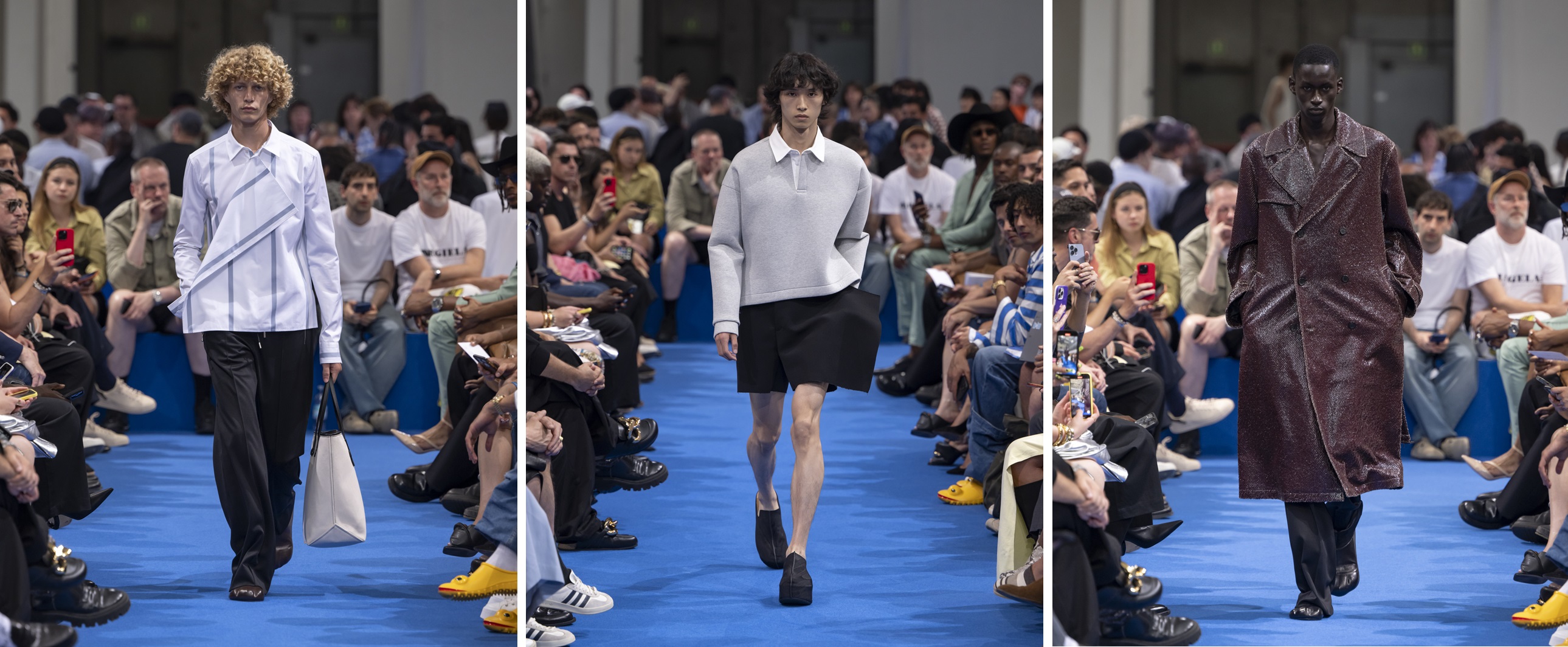

.jpg)

